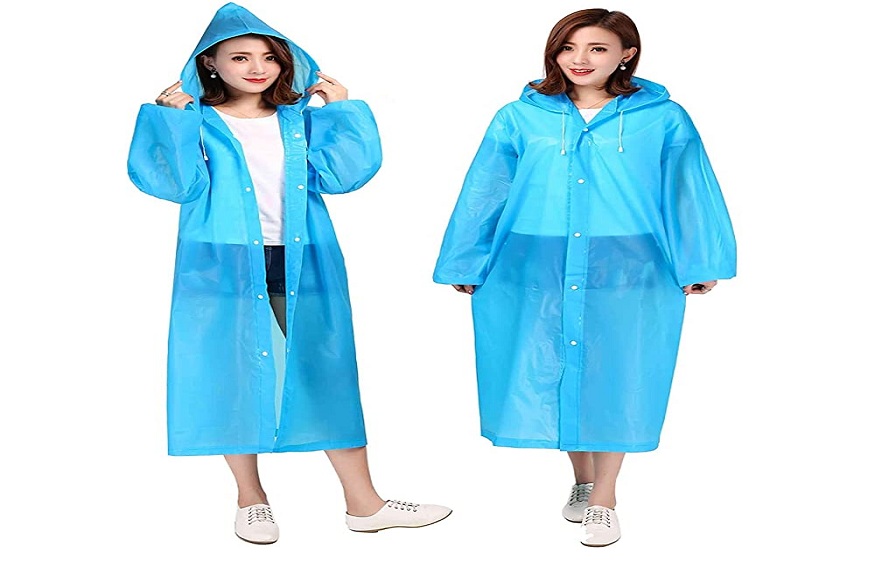Wind and rain have always been two difficult climatic conditions for outdoor enthusiasts to tame. In the past, only windbreakers and raincoats provided protection: the former provided protection from the wind, but not from the rain; the latter kept the body sheltered from the weather, but retained body moisture.
Fortunately, technology has come to the rescue of the outdoors. Now, there are a multitude of garments that are waterproof while being permeable to body moisture.
Purchase
Did you know that there is a difference between a so-called water-resistant jacket and a so-called waterproof one? Impermeability completely protects any liquid ingress into the fabric, while water resistance repels liquid, but will let it in if the intensity of the liquid increases significantly. It is a think about it, because it could help you in your final choice.
To waterproof a fabric, manufacturers generally choose one of two techniques:
apply a layer of waterproofing coating on the outer part of the fabric;
laminate a microporous membrane inside the fabric.
In the past, the fabrics on which we applied a coating blocked the rain, but kept the humidity inside which quickly gave the impression of walking around with your own oven. Today, the coatings are much more efficient: in addition to waterproofing the fabrics, they let escape, at least in part, the vapor resulting from perspiration.
For its part, the microporous (or waterproof-breathable) membrane allows body vapor to escape through billions of small pores, infinitely smaller than the drops of water, while completely preventing the latter from penetrating inside. the inside of the garment. Result: the body stays dry and… warm. The best known of these membranes is Gore-Tex. Several manufacturers now use similar technologies, but under other names. It is very interesting to inquire in store about this when shopping.
To support the waterproofing that is found in the raw material of the garment, manufacturers also apply a durable water repellent on its outer surface. This one is designed to bead water, which prevents the garment from soaking it up while in no way compromising the breathable properties of the fabrics.
If no water repellent is used, the breathability of the garment may suffer. Indeed, although this type of garment is well designed, there is always a certain amount of water vapor present between the garment and the person. In extreme weather conditions, the condensation of this vapor can release really intense humidity. The person wearing the garment could then have the impression that it is soggy, especially if the humidity level outside is higher than that found inside the garment.
To limit condensation, several techniques have also been developed:
installing vents in the armpits, back, chest or pockets;
installation of velcros which help these vents to perform better;
installation of gutters along the slides;
waterproofing of gutters;
seam sealing.
In addition to all this, raincoats and windbreakers have several accessories and features that can be factors to consider when buying.
Hoods: Some raincoats have Helmet Compatible certified hoods . An important detail for certain activities such as mountaineering and rock climbing. The higher you go, the more adjustment there is on the hoods, essential for certain activities.
Drawstrings at the waist
Wrist adjustments
Ventilation
Taped seams

